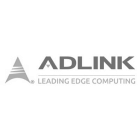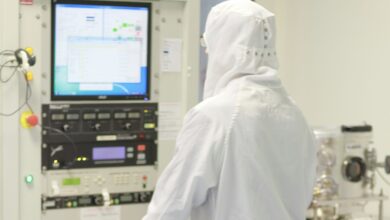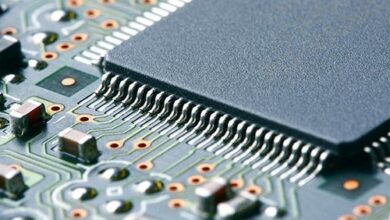Safeguard critical human operations
PowerArena’s Human Operation Platform (HOP) provides reliable and unbiased data insights into manufacturing assembly lines using AI computer vision.
These global manufacturing leaders already profit
from PowerArena HOP
HOP methodically delivers outsized value to:
-
Global management
Your factory operations in the palm of your hand
Unprecedented transparency for your global production pipeline with the clarity of AI vision modeling, immediate insight and real-time transparency.
Read more -
Factory managers
Actionable insights for improved production and zero blindspots
Optimize your production environment with full high value metrics, instant replay and real-time alerts. Get higher productivity, quality and SOP compliance safety.
Read more -
Industrial engineers
Work smarter, easier and faster with AI power
Your tireless digital assistant oversees production 24/7, saving you time in your quest for continuous improvement. Easily slot a complete solution into your production lines for impressive results fast.
Read more
The limitations of traditional industrial engineering approaches
Human bias and small data samples always produced blind spots in the
industrial engineer’s conventional approach to optimizing production.
Better data delivers better insights
PowerArena's Human Operation Platform HOP observes manufacturing lines accurately, and pinpoints inefficiency and errors for real time optimization.
Human performance, AI enhanced
HOP opens the black box of human-intensive assembly line operations and gives you actionable metrics to drive performance and quality.
Rewind production to any moment
HOP computer vision can record every detail of your production 24/7. Digital twin your factory and see back to any point in time.
On device security – what’s yours remains yours
PowerArena AI can be processed on-device. HOP never uploads your data to the cloud. It stays on-premise for maximum security.
Get smarter about your manual operations with HOP
-
Data ownership
Digital station
Accessible
Shop floor data is captured via video cameras, IoT sensors, and MES. Digital work instructions are displayed on-screen at each station.
Traceable
Video records serial numbers and manufacturing data, and can be rapidly searched for full traceability -
Productivity
AI Line balancing
Visible
AI video detects, calculates and displays accurate current cycle time and issues alerts for abnormal situations.
Actionable
AI identification of bottleneck stations through work time and root cause analysis. -
Quality
AI Poka Yoke
Preventable
AI video detects problems as they occur in real time, and alerts operators, avoiding knock-on effects in the production line and beyond.
- Data ownership
- Productivity
- Quality
Better, safer products &
SOP compliance
Main applications
AI line balancing
AI line balancing
- Streamline workflow productivity
- Identify opaque and complex bottlenecks
- Workflow metrics that visualize the factory floor
- Empower the workforce by strengthening teamwork and gaining productivity
Digital station
Digital station
- Shop floor data is captured via video cameras, IoT sensors and MES
- Video can be rapidly searched by serial number for traceability
- Digital work instructions are displayed on-screen at each station
AI poka-yoke
AI poka-yoke
- Maintain standard operating procedure compliance
- Detect and alert workers who skipped work steps
- Ensure quality through SOP compliance
- Customizable SOP detection software
Case Studies
PowerArena HOP has already delivered impressive ROI in a factory similar to yours
These case studies cover only a fraction of PowerArena HOP installations. Tell us about your situation and we’ll share relevant data and details.



















